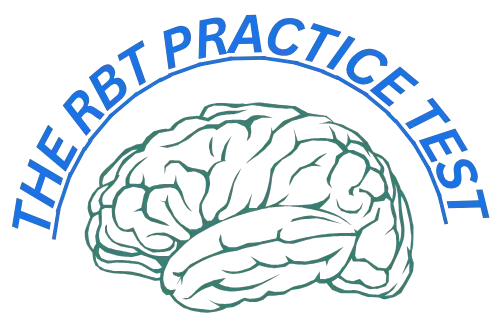RBT Practice Exam – 85 Questions Free Mock Test (2025)
If you are preparing for the RBT Certification Exam, practicing with a full-length RBT Practice Exam 85 Questions test is one of the best ways to improve your confidence and score. This free resource simulates the actual exam environment, covering all major domains tested by the BACB (Behavior Analyst Certification Board®)
About the RBT 85-Question Practice Exam
The RBT practice exam (85 questions) is designed to reflect the official Pearson VUE RBT test format. Just like the real exam, you will face multiple-choice questions that assess your knowledge across:
- Measurement
- Assessment
- Skill Acquisition
- Behavior Reduction
- Documentation and Reporting
- Professional Conduct and Scope of Practice
👉 Why 85 Questions?
The official RBT exam has 85 multiple-choice questions, so taking this mock test gives you the most realistic practice possible.
Key Features of This Free RBT Mock Exam
- ✅ Full-Length Exam — 85 multiple-choice questions, just like the real test
- ✅ Timed Practice Mode — train yourself under exam pressure
- ✅ Explanations Included — understand the reasoning behind each answer
- ✅ Covers All RBT Exam Areas
- ✅ Free Access — practice anytime, no sign-up required
This free RBT practice test helps you prepare effectively for the Pearson RBT exam and ensures you’re ready for exam day.
What Does the RBT Exam Look Like?
The official RBT certification exam:
- Format: Computer-based, multiple-choice
- Number of Questions: 85 scored + 10 pilot questions
- Duration: 90 minutes
- Testing Center: Pearson VUE
This RBT practice exam 85 questions free version mirrors that exact format so you know what to expect.
RBT Practice Exam Questions Breakdown
Here are sample categories covered in the RBT mock test:
- Measurement: Data collection, frequency, duration, interval recording
- Assessment: Preferences, functional behavior assessments
- Skill Acquisition: Teaching new skills, prompting, reinforcement
- Behavior Reduction: Interventions, extinction, replacement behaviors
- Professional Conduct: Ethics, confidentiality, reporting
Free Study Materials for RBT Exam
Along with this free RBT practice exam, you can also use:
- RBT Study Guide (Free) — 6 units with quizzes
- RBT Mock Exams PDF — download practice tests
- RBT Sample Questions 2025 — updated exam prep
These resources are aligned with the BACB task list and Pearson VUE test format.
FAQs About the RBT 85-Question Practice Exam
Q1: Is the RBT exam multiple choice?
👉 Yes, the exam consists of 85 multiple-choice questions.
Q2: Is this RBT practice exam free?
👉 Yes, we provide a free 85-question RBT mock test for practice.
Q3: Can I get a PDF of the RBT practice exam?
👉 Yes, you can download the RBT practice exam PDF version for offline study.
Q4: Is this exam in Spanish?
👉 Yes, we also provide examen de RBT gratis (free RBT exam in Spanish).
Q5: Does this practice test match the Pearson RBT exam?
👉 Yes, it simulates the Pearson VUE RBT exam format.
Take the Free RBT Practice Exam (85 Questions)
Click below to start your free RBT practice test:
👉 Start RBT 85-Question Mock Exam Now
This free RBT mock test is the closest experience you’ll get before sitting for the official Pearson VUE RBT exam.
